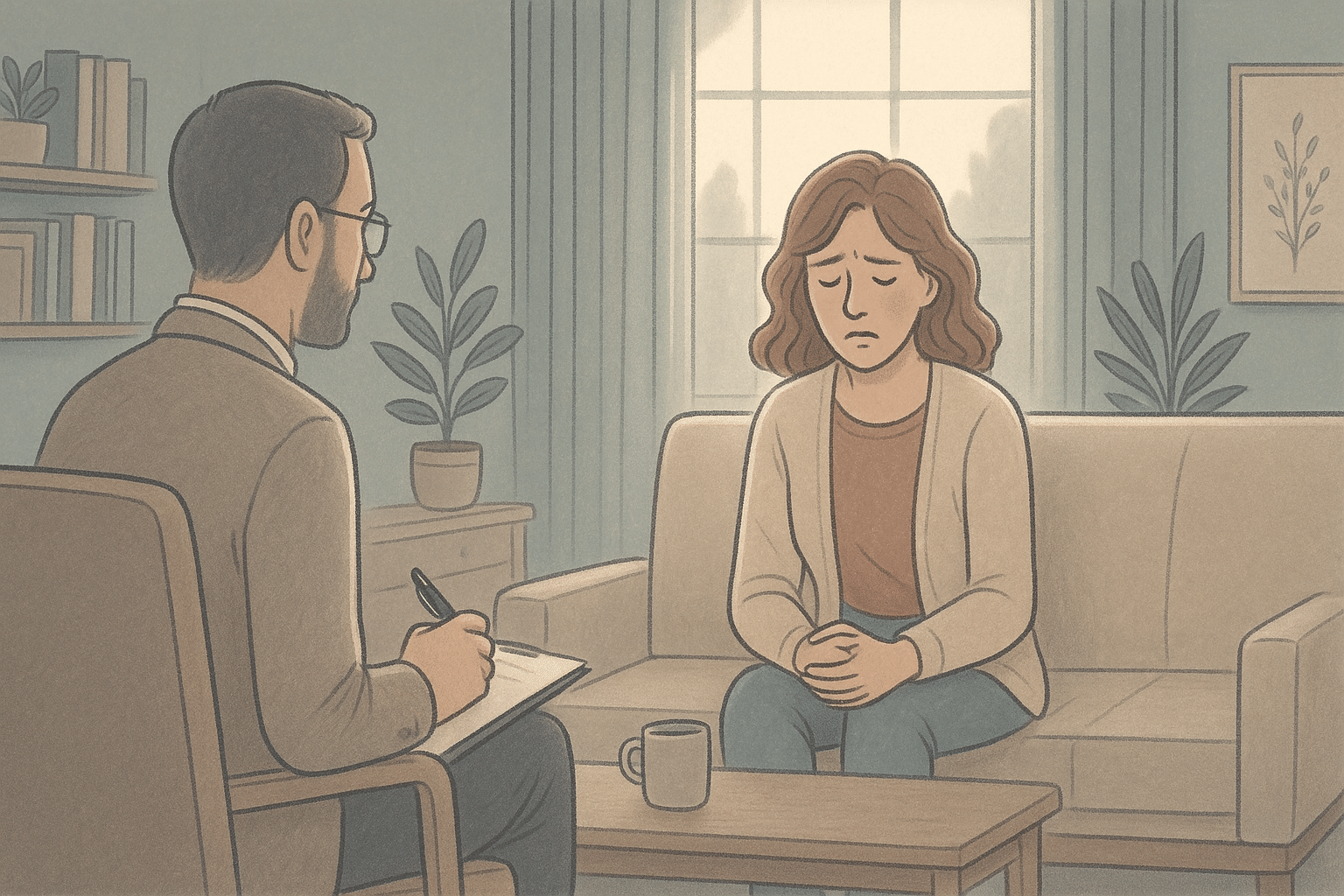Through artistic expression—such as painting, sculpting, or drawing—art therapy is a type of psychotherapy that assists patients in exploring their feelings, ideas, and experiences. When trauma is treated in an inpatient setting, where patients have a controlled and secure space to process their feelings, it is very helpful. We will go over the exact methods employed in art therapy for mental health, how it can aid in the healing of trauma, and the advantages it provides to patients receiving inpatient care for mental health issues.
What is Art Therapy for Mental Health?
Art therapy for mental health is a therapeutic practice that encourages individuals to use art as a medium to express feelings that might be difficult to verbalize. This form of therapy taps into the brain’s creative side, providing a non-verbal outlet for emotions. For people dealing with trauma, art therapy offers a way to process memories and feelings in a safe, supportive environment, which can be especially helpful when other forms of therapy feel overwhelming.
How Art Therapy Can Help Heal Trauma
Art therapy helps individuals heal from trauma by allowing them to express and process difficult emotions creatively, offering a therapeutic pathway toward emotional recovery.
Art Therapy for Trauma
Trauma can have a deep impact on a person’s mental and emotional well-being. Art therapy for trauma focuses on helping individuals process and cope with painful experiences, such as abuse, violence, or significant loss. Through creative activities, patients can externalize the trauma, making it easier to understand and manage. This process can be less confrontational than traditional talk therapy, allowing patients to open up more gradually.
Art Therapy Techniques for Trauma
Several specific techniques are used in art therapy for trauma to guide individuals toward healing:
- Drawing and Sketching: Patients are encouraged to draw or sketch their emotions, allowing them to explore their feelings visually.
- Collage Making: By assembling different images, individuals can create a narrative reflecting their trauma and path toward recovery.
- Sculpting or 3D Art: Creating physical representations of emotions or events can provide a hands-on way to process feelings of trauma.
Each technique is designed to create a visual story of a person’s experiences, helping them see their trauma in a new light and regain control over their emotions.
Benefits of Art Therapy for Trauma
Art therapy offers emotional release, improved self-awareness, safe exploration of difficult memories, and helps build resilience for coping with trauma.
Emotional Release
One of the most immediate benefits of art therapy for trauma is the emotional release it offers. Many people who experience trauma find it difficult to express their feelings in words. Art gives them a way to release these feelings in a non-verbal way. This emotional release can be the first step toward processing difficult emotions and moving toward healing.
Improved Self-Awareness
Art therapy techniques for trauma can also help individuals become more aware of their internal experiences. As they engage in the creative process, they may uncover hidden feelings or gain new insights into their behavior. This increased self-awareness is a crucial part of healing from trauma, as it helps individuals understand the impact of their experiences on their lives.
Safe Exploration of Difficult Memories
Art therapy creates a safe space for individuals to explore traumatic memories without feeling overwhelmed. Through techniques such as drawing, painting, or sculpting, people can externalize their trauma, making it feel more manageable. This safe exploration can reduce feelings of anxiety and fear related to their past experiences.
Building Resilience
Another key benefit of art therapy for trauma is its role in building resilience. By engaging in the creative process, individuals learn coping mechanisms and ways to express their emotions constructively. This helps them develop inner strength, making it easier to navigate future challenges.
Case Study: Art Therapy in Inpatient Settings
In inpatient settings, where individuals receive 24/7 care for severe mental health conditions, art therapy has proven to be an effective tool for treating trauma. For instance, a case study involving patients at a trauma-focused inpatient facility showed that those who participated in regular art therapy sessions experienced reduced symptoms of anxiety and depression. They were also more likely to engage in other therapeutic activities, such as group therapy and counseling.
Patients reported feeling more in control of their emotions and found it easier to talk about their trauma after creating art. This suggests that art therapy can serve as a bridge, helping patients feel more comfortable and open to traditional forms of therapy.
How Art Therapy Works in Inpatient Settings?
Inpatient settings provide a unique environment for art therapy. Because patients have continuous access to mental health professionals, they can engage in intensive therapy sessions. Art therapy in these settings often involves both individual and group activities, which provide opportunities for personal reflection and shared experiences.
Group art therapy sessions can be particularly beneficial, as they allow individuals to see that they are not alone in their struggles. Creating art in a group setting can foster a sense of community and provide emotional support. This shared experience can be powerful for individuals recovering from trauma, as it helps them feel understood and validated.
The Long-Term Impact of Art Therapy for Trauma
The benefits of art therapy for trauma often extend beyond the time spent in inpatient care. Many patients continue to use art as a coping mechanism after leaving treatment. Whether it’s drawing, painting, or another form of creative expression, these activities provide an outlet for emotions that might otherwise be difficult to manage.
Studies have shown that individuals who participate in art therapy for trauma are more likely to continue using creative practices as a way to cope with stress, anxiety, and other mental health challenges. This long-term impact highlights the importance of incorporating art therapy into trauma treatment plans, particularly in inpatient settings where individuals are in a vulnerable and intensive recovery period.
Conclusion
Art therapy for mental health is a powerful tool for healing trauma, particularly in inpatient settings where patients can engage deeply with their emotions in a structured environment. By using creative expression to process painful experiences, individuals can find new ways to cope with their trauma and move toward recovery. The techniques used in art therapy for trauma, such as drawing, sculpting, and collage making, offer a safe and supportive way to explore difficult memories. In the long term, these creative outlets provide patients with the resilience and self-awareness needed to navigate future challenges.
Explore our Mental Health Resources page for more information and resources on mental health.







